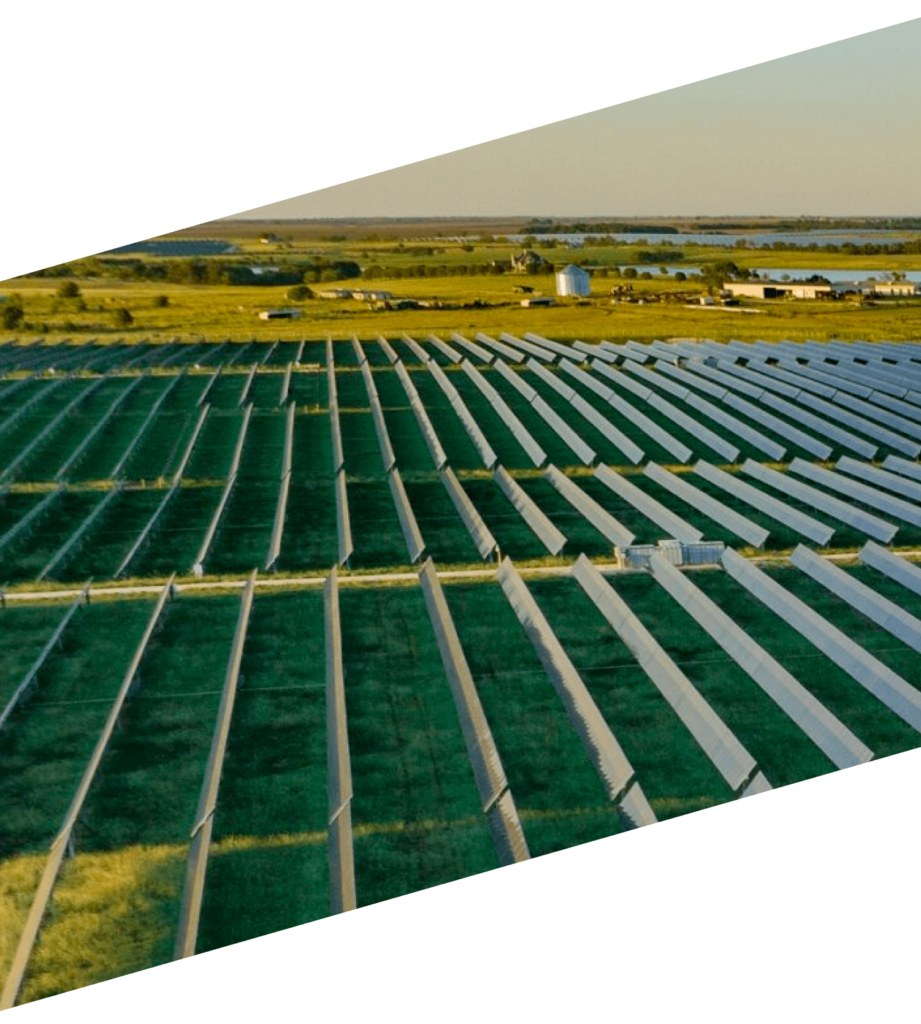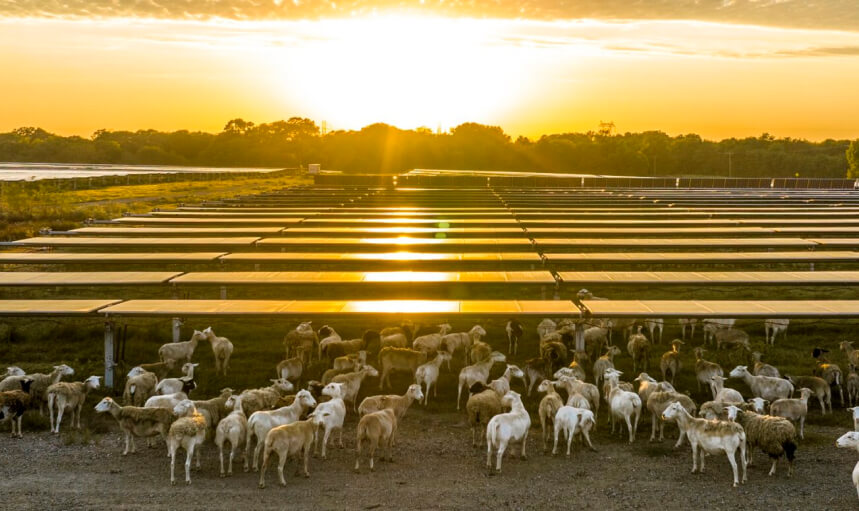Myths vs. facts
Setting the Record Straight

Solar 101 Myths
FACT: Solar panels last up to 25-30 years. Since solar panels are made with non-toxic materials, solar panels can continue to operate at full capacity with some simple maintenance and upkeep.
FACT: Solar panels generate power even when there is not direct sunlight. Solar panels work at night by storing energy from sunlight received during the day. It is important that solar panel systems are equipped with battery storage to ensure access to electricity and power remains uninterrupted throughout the night and during intensive weather conditions. Rain can even make solar panels operate more efficiently by washing off any dirt or dust obscuring the PV system from sunlight.
FACT: Solar panels are safe. They are built using strong sealants and thick sheets of glass, making it highly unlikely to cause harm to people or animals.
FACT: There is no presence or leaching of per- and polyfluoroalkyl (PFAs) in solar panels. PFAs are not used in the manufacturing of solar panels.
FACT: Solar panels are highly recyclable. Many components of solar panels – such as glass, aluminum, copper, and electronics – all can be recycled or repurposed.
FACT: Solar panels do not create noticeable noise.
FACT: Glare is not produced by solar panels. Solar panels reflect about 2 percent of incoming light due to their anti-reflective glass front surfaces.
FACT: Solar energy systems require critical minerals to develop solar panels and batteries. Traditionally, the production of critical minerals has come from other countries, but recent initiatives from public and private investments have shifted the U.S. to domestically produce these critical materials. The domestic production of critical minerals in the United States has increased through the funding of projects and initiatives. The federal government announced initiatives to match the growing need for critical minerals, meeting with companies such as Tesla and Redwood Materials to decrease dependence on other countries in the development of clean energy projects.
Consumer Myths
FACT: Texan families, businesses, and local governments save money with solar energy, and solar projects support critical jobs in construction, engineering, operations, maintenance, and more. Texan communities benefit from increased revenue, and households and businesses save money thanks to tax credits that make installing solar systems cheaper.
FACT: Homes with solar panels see an increase in value. According to Zillow, Texas homes with solar-energy systems sold for 4.1% more on average than comparable homes without solar power.
FACT: Rooftop solar provides many opportunities for Texas homeowners to save on their electricity bills. This is done through multiple different processes including net metering, battery storage, and solar tax credits.
Reduced electricity costs: Powering your home with solar can save money on your electric bill. The average price for electricity in June 2023 was $0.17 per kWh. With solar, energy bills were reduced to $0.08 per kWh – ultimately cutting electric bills in half.
Solar tax credit: Those who install solar panels on their residence or business are provided a solar tax credit dependent on the year of installation. The federal government offers a 30% tax credit to install a solar system onto your home, and many states also have programs that can help homeowners save on instillation costs. Additionally, there is no dollar or lifetime limit to the credit earned. You can claim your federal solar tax credit by following the instructions here.
FACT: Solar panels can be designed to ensure the aesthetics of your home or business are not altered. Solar panels can blend into roofing or side paneling to create a building-integrated design.
Farm Lands Myths
FACT: Solar projects are often developed in open areas such as unused land, brownfields, and farmland that are not generating revenue. These areas are optimal to ensure that solar projects are receiving the right amount of sunlight to power homes and business within their area.
FACT: Only 0.6% of our nation’s land is needed to power the entire country by solar projects.
FACT: Texas farmers can save money with solar power, and they can make money by leasing land to solar projects. Solar project lease rates typically range from $250 to $2,000 per acre, per year.
FACT: Bird and plant populations can actually increase near solar panels. This is accomplished through initiatives like seeding and building raised platforms for solar panels, biodiversity of species in the area flourish.
FACT: Solar energy provides an energy source that is not dependent on water. This leaves more groundwater for farmers to irrigate their crops and increase their output. Not only does it improve water efficiency, but better protects crops from weather by drying them more efficiently, too.
FEATURE | TOOLKIT
Toolkit

